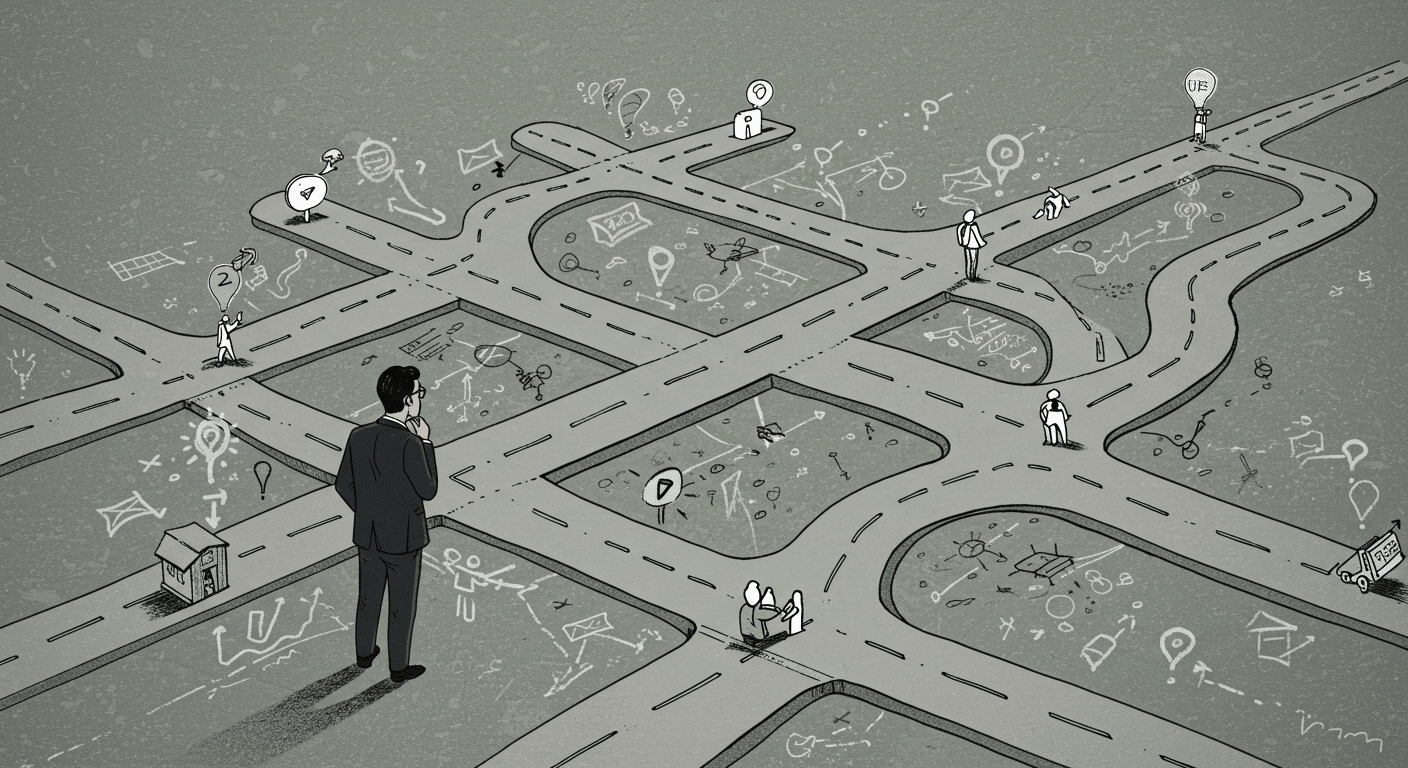What to Expect When Building a Culture of Transparency & Accountability
Businesses are making concerted efforts to improve transparency and accountability. It’s the key to building bilateral trust between leaders and their employees and is proven to have a tangible effect on retention, engagement, and productivity. In a market where skilled talent is in high demand and turnover is costly, these become increasingly important.
Figuring out where to start and how to embrace this can be a challenge. In his book, The Five Dysfunctions of a Team, management writer Patrick Lencioni highlights common issues that can plague teams in companies with a lack of transparency. If any of these afflictions exist in your organization, addressing them is step one.
1. Absence of trust: A default to defensive behavior and reluctance to ask for help, overcome by practicing vulnerability and greater team openness.
2. Fear of conflict: When teams lack trust, members will avoid addressing critical issues in a healthy and productive way.
3. Lack of commitment: With no discussion on how decisions are made, eliciting buy-in from team members becomes difficult. Solving this doesn’t require consensus, just that everyone feels their voices have been heard in the decision-making process.
4. Avoidance of accountability: Lack of team buy-in makes accountability impossible. Measuring progress and making team expectations visible is key to fixing this.
5. Inattention to results: In teams that lack accountability, individuals will prioritize themselves over the team. Being clear on results and tying them to incentives is critical for maintaining team cohesion.
In organizations going through growth transitions, maintaining this focus, and addressing the Five Dysfunctions becomes progressively harder. According to Lencioni, “Successful teamwork is not about mastering subtle, sophisticated theories, but rather about combining common sense with uncommon levels of discipline and persistence.”
Achieving the discipline necessary to foster this type of culture is a persistent challenge for leaders. Business writer Anne Loeher found that 93% of employees don’t really understand what their organization is trying to accomplish. Additionally, 80% of people see accountability as punishing.
When employees can’t tell the difference between accountability and punishment, keeping the team aligned behind goals becomes near impossible.
Accountability through transparency
Fred Litwiniuk, president of Litwiniuk Injury lawyers, implemented a system of transparency and accountability that revolutionized his organization’s culture. “Sometimes CEOs feel like, ‘Our people can’t handle all this information. Or they can’t be trusted with it. Or they won’t like all this accountability,’” Litwiniuk says. “We feel like, if that’s the case, then we don’t have the right people.”
The transparency wasn’t for everyone, he says. “Nobody’s able to hide from the accountability,” Litwiniuk explains. “That includes me. The entire leadership team holds ourselves accountable, as well. And when you have a culture like that — it scares away the people who want to hide and who don’t want that accountability in their lives.”
However, those employees who understood the transformative power of radical accountability and transparency enjoyed a greater sense of purpose and ownership in their work. Litwiniuk says, “Great people love challenges, measurables, and goals.”
In Five Dysfunctions, Patrick Lencioni writes, “Once we achieve clarity and buy-in, it is then that we have to hold each other accountable for what we sign up to do, for high standards of performance and behavior. And as simple as that sounds, most executives hate to do it, especially when it comes to a peer’s behavior.”
The only solution to the accountability problem is an organizational commitment to transparency that applies all the way equally from the c-suite to the front line. Lower-level employees are far more likely to buy into a system of transparency when they see the leadership team practices what they preach.
Transparency will transform your culture
Ray Dalio, founder of the world’s largest hedge fund Bridgewater Associates, thanks radical transparency for helping his company become a meritocracy where market-beating ideas flowed to the top. Transparency, Dalio says, “brings problems and weaknesses to the surface and allows people to see how they are dealt with, so it’s great for training people on how to deal with real problems.” Returning to dysfunction #1, transparency forces greater trust, as issues can no longer simply be ignored. Additionally, when more people are aware of company challenges, you are widening the pool of potential solutions and solving problems faster.
Trust, accountability, and a focus on results don’t just drive execution, it also changes the way employees relate to their work. “Recognition and acknowledgement are what we crave as humans,” explains Business coach Neale Lewis. “That’s no different for employees. If you are able to allow employees to feel they are doing meaningful work and are ensuring you recognize the contributions they are making, then they are probably going to be massively more engaged than organizations that don’t do that.”
In a world where 70% of employees are currently disengaged, the impact of this increased engagement can be massive. Accountability doesn’t just become about driving results; it actually drives employee happiness. Transparency also fosters greater engagement. In an HBR engagement survey, employees overwhelmingly said they were most engaged when leadership gave frequent updates and openly shared company strategy.
Some companies may be able to drive this accountability and transparency without a formal system. However, in organizations implementing a new strategic plan, undergoing management change, or working across several locations, the right software can help accomplish this transformation and accelerate the roll out through the organization.
Litwiniuk gave his entire company visibility into company priorities and progress by putting his whole organization on Align. This full-scale roll-out, Litwiniuk says, “had a ton to do with our success on these goals because it meant everyone could see real-time data on the benchmarks at any moment throughout the year.”
Making a cultural impact with Align
Align’s goal tracking and communication tools push organizations to address the first three dysfunctions. A commitment by the C-suite to transparency and accountability reverberates through the organization and reinforces that commitment. People can begin to feel the positive effects of transparency and in turn, see greater results to their bottom line.
As executive business coach Neale Lewis says, “Align is all about alignment and execution. And a big part of those two components is a culture of accountability. That’s what Align does for my clients — it makes creating a culture of accountability so much easier.”
If you’re interested in a software that creates transparency and accountability in your organization, sign up for a demo of Align with an advisor today!





